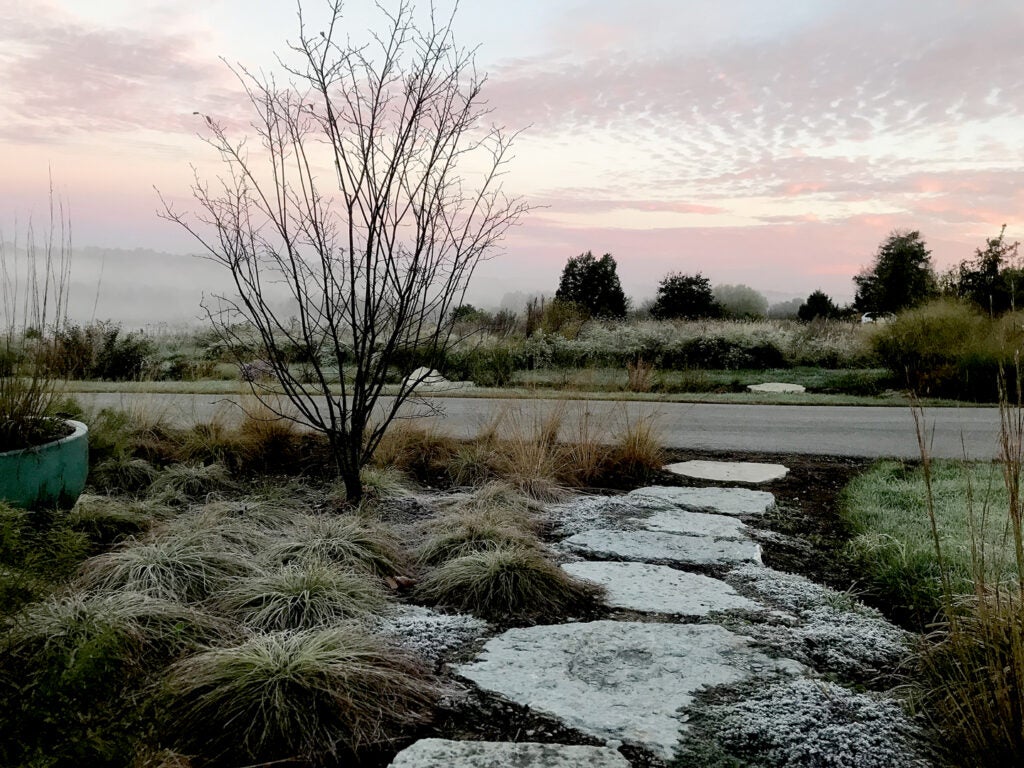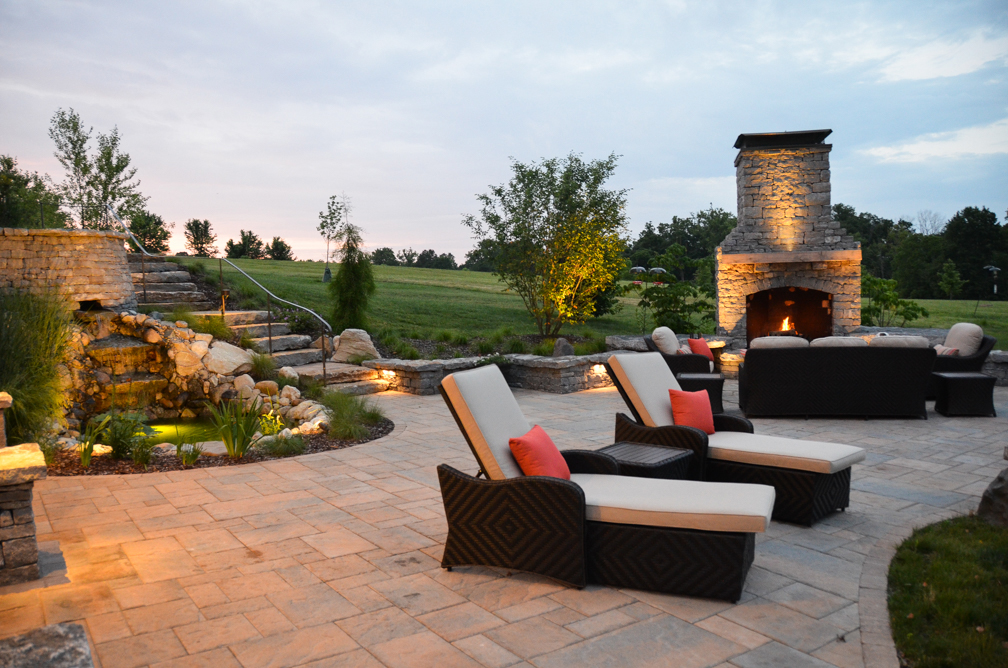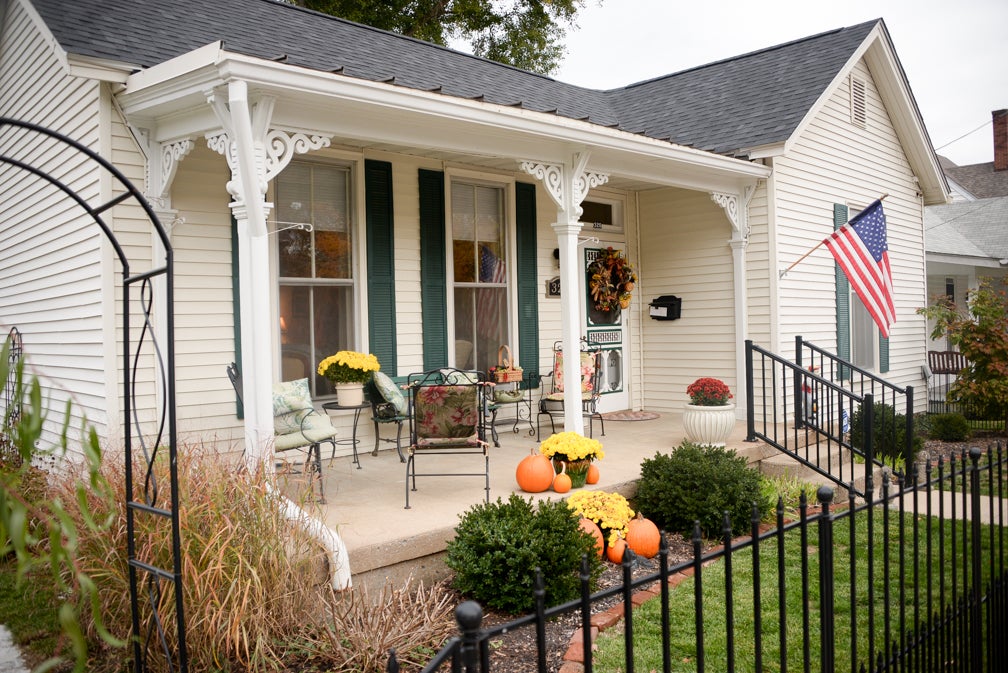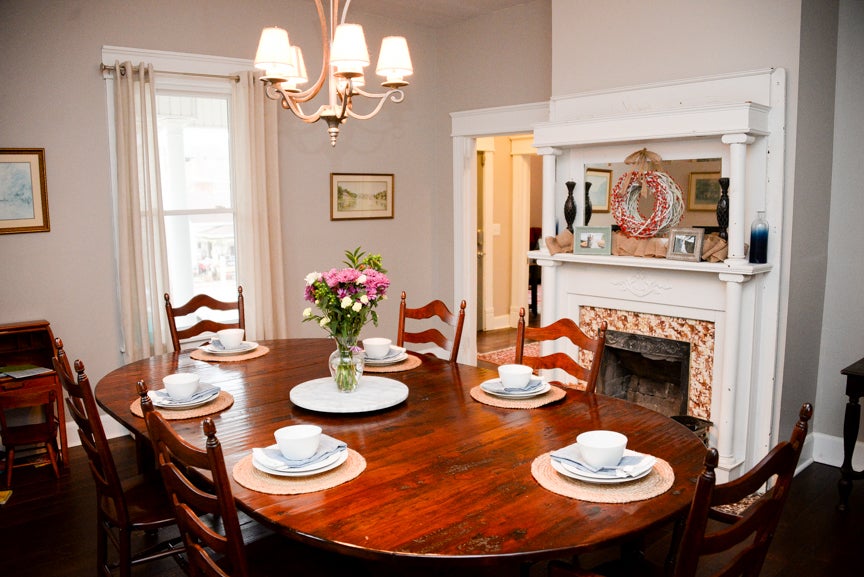Unlike some birds and even humans, many insects overwinter here. This means some are quite resourceful in finding spaces to ensure their survival through cold periods. Some also use complex compounds similar to antifreeze that protect their bodies from freezing.
Insects create overwintering spots in hollowed out areas such as bamboo sticks, watering can spouts, windchime tubes, and leftover plant material, such as stalks, leaves and rotten wood. Fortunately, it is fairly easy to provide shelter for these insects and it does not require a lot of effort or time. Who knew it was so easy to run your own B&B?
These winter homes are important for insects, who either overwinter themselves or use the material to nest eggs for the following season. Beneficial insects in particular are vital to our gardens because many of them hatch just in time to keep aphids and other pests in check.
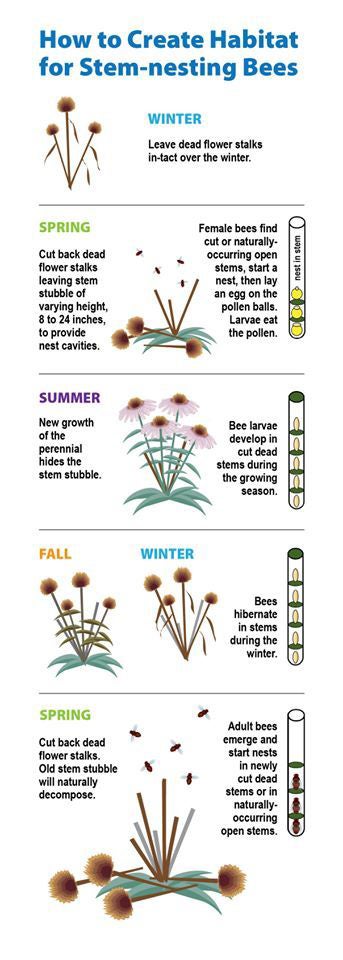
Insects use dead canes from raspberry plants, roses and hollowed out stems from bee balm. Even the stems of smaller wildflowers and grasses are useful to insects for overwintering. Leave the stems standing in winter, once the seed heads have been enjoyed by birds and removed.
Pay particular attention to stems that are pith-filled or hollow — they are preferred for convenient nesting. See the accompanying chart to learn the most beneficial ways to practice preserving stems and stalks and why each season is important to the lifecycle of stem-nesting bees.
If you, like many other people, prefer the look of a tidy garden in the fall and winter you can still help provide shelter. Place cut stalks and plant material in a back area where they are less visible yet still available for overwintering insects. Beneficial insects such as moths and beetles will appreciate the shelter regardless of its appearance.
Imagine your perennials providing nectar, bird food and hosting sites, as well as winter shelter. That is a year-round performance!
Of course there are manmade options, such as manufactured bee blocks and DIY insect nesting habitats. The downside of using manmade over natural is that some of the materials do not naturally breakdown, making sanitation critical.
An unkept artificial nest can harbor pathogens and mites that can harm nesting insects. Just keep in mind if you utilize a manmade nesting habitat it must be cleaned periodically and maintained as a healthy environment.
With enough forethought, you can turn your fall and winter gardens into a sheltering place for the insects that helped pollinate the flowers you enjoyed the previous season. It may be more of a hostel than a Hilton, but basic accommodations are all that are needed.
Perhaps during the summer evenings of the following year you can reflect upon your contribution to the entire cycle while planning additional ways to “leave the light on” for our overwintering insects the following year.
